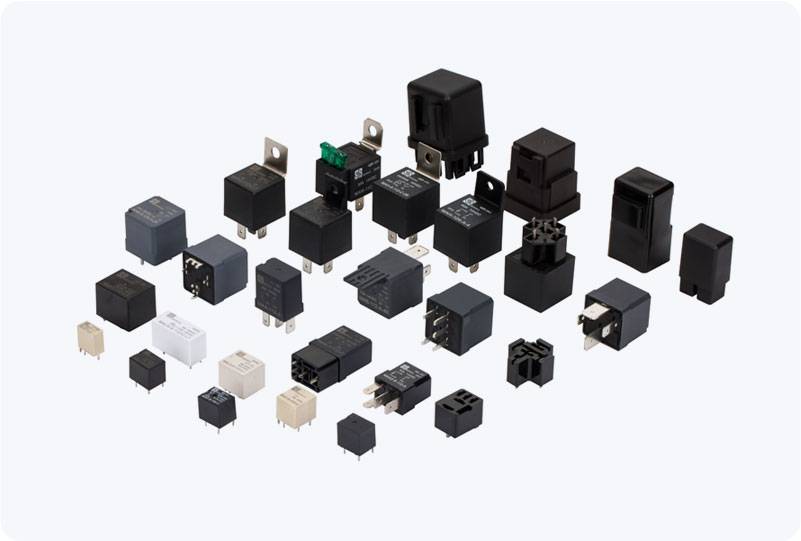In the realm of electrical engineering, safety is paramount. Circuit breakers and their associated protection devices, such as circuit breaker relays, play a crucial role in safeguarding both electrical circuits and the equipment connected to them. Circuit breaker relays are often the unsung heroes in electrical systems, constantly working behind the scenes to prevent costly damage caused by electrical faults such as overloads and short circuits. This article explores the role of circuit breaker relays, their working principle, types, and importance in modern electrical systems.

What is a Circuit Breaker Relay? A circuit breaker relay is an essential protection device used in electrical circuits to detect faults and automatically disconnect the power when a problem, such as a short circuit or an overload, is detected. Typically used in conjunction with circuit breakers, circuit breaker relays monitor the electrical current flowing through a circuit. When the current exceeds a safe level, the relay triggers the circuit breaker to open, thus isolating the faulty section of the circuit and preventing further damage to electrical components. The Working Principle of a Circuit Breaker Relay
Leave a Reply